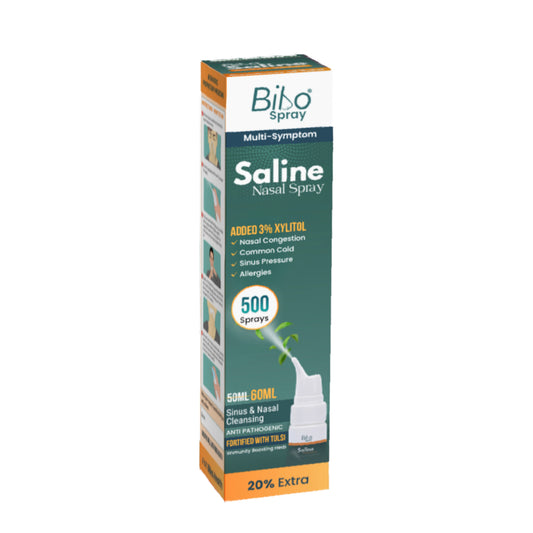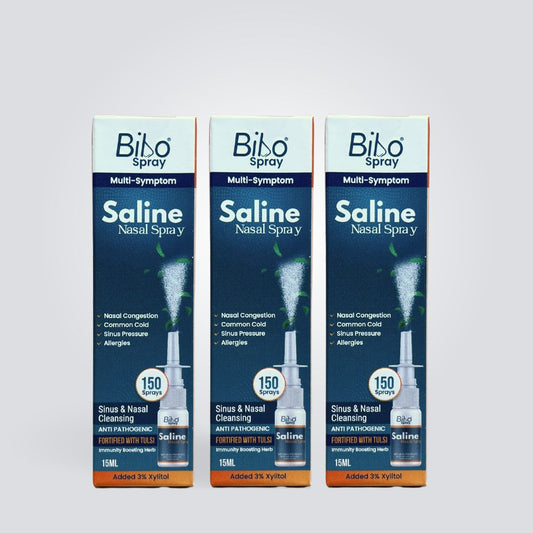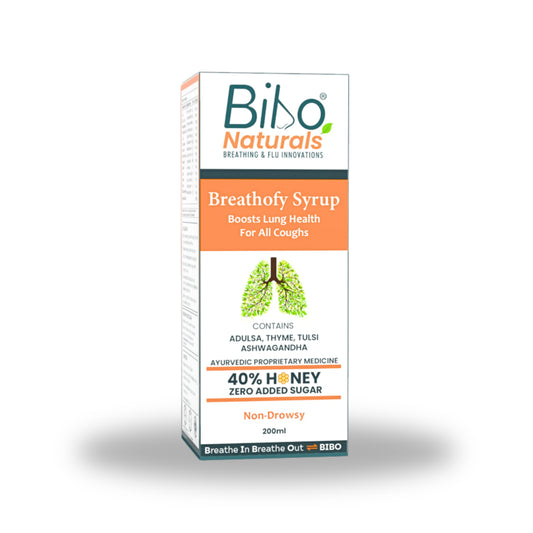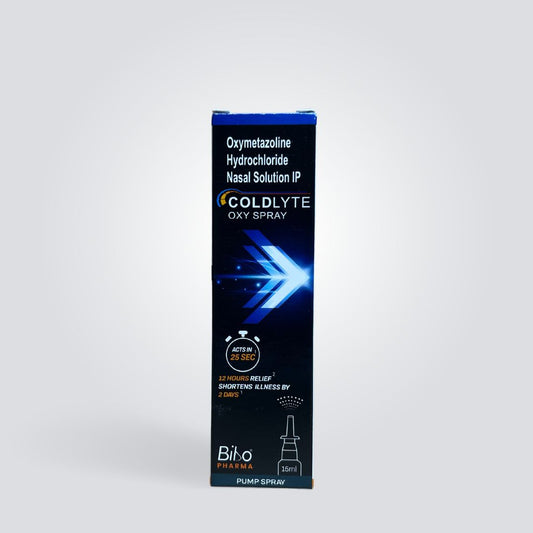
In the world of respiratory medications, inhalers play a vital role in the management of various respiratory conditions, such as asthma and COPD (Chronic Obstructive Pulmonary Disease).
Soft-mist inhalers are a type of inhaler that delivers medication in the form of a fine mist. They have gained popularity due to their ease of use and effectiveness in treating these respiratory conditions. In this blog, we will explore the advantages and disadvantages of soft-mist inhalers, as well as provide guidance on how to use them effectively.
Advantages of Soft-Mist Inhalers
- Efficient Drug Delivery: Soft-mist inhalers generate a fine mist of medication, allowing for efficient drug delivery to the lungs. The mist particles are small and easily absorbed by the respiratory system, which increases the effectiveness of the medication.
- Portable and Compact: Soft-mist inhalers are generally compact and lightweight, making them easy to carry around. They are convenient for use at home, work, or while travelling, enabling individuals to manage their respiratory symptoms effectively.
- Breath-Actuated: Many soft-mist inhalers are breath-actuated, meaning that they release medication automatically when the user takes a breath. This feature ensures that the right amount of medication is delivered, promoting proper dosing and reducing the chances of user error.
- Suitable for Various Patients: Soft-mist inhalers are well-suited for a wide range of patients, including children and the elderly. They are often considered easier to use compared to traditional inhalers, as they require less coordination and forceful inhalation.
Disadvantages of Soft-Mist Inhalers
- Availability and Cost: Soft-mist inhalers may not be as widely available as traditional inhalers, and they can be more expensive. However, with advances in technology and increased demand, their availability and affordability are expected to improve over time.
- Sensitivity to Moisture: Soft-mist inhalers are sensitive to moisture, which means they need to be stored and handled carefully. Exposure to moisture can affect the performance and reliability of the inhaler, potentially impacting the accurate delivery of medication.
- Maintenance and Cleaning: Soft-mist inhalers require regular maintenance and cleaning to ensure proper functioning. Users should carefully follow the manufacturer's instructions for cleaning and replacing parts to prevent clogging or contamination.
How to Use Soft-Mist Inhalers?
Step 1: Read the Instructions
Start by carefully reading the instructions provided with the specific soft-mist inhaler. Familiarize yourself with its features, assembly, and any special techniques required for effective usage.
Step 2: Prepare the Inhaler
If the inhaler requires assembly, follow the instructions to put it together. Ensure that the medication canister is inserted correctly, and any protective caps or covers are removed.
Step 3: Shake the Inhaler
Gently shake the inhaler to ensure proper mixing of the medication. Follow the recommended shaking technique provided by the manufacturer.
Step 4: Breathe Out
Exhale completely to empty your lungs before using the inhaler. This will help create space for the medication to be inhaled deeply.
Step 5: Seal Your Lips
Place your lips around the mouthpiece, forming a tight seal to prevent medication leakage.
Step 6: Inhale Slowly and Deeply
Begin inhaling slowly and deeply through your mouth, pressing the inhaler's dose-release button as you start inhaling. This will release the medication as a mist for you to inhale.
Step 7: Hold Your Breath
Once you have taken a full breath, remove the inhaler from your mouth and hold your breath for 10 seconds, or as directed by your healthcare provider. This allows the medication to settle in your airways effectively.
Step 8: Breathe Out Slowly
Exhale slowly through your nose or mouth, whichever is comfortable for you.
Step 9: Repeat if Necessary
If your healthcare provider has prescribed more than one dose, wait for the recommended time interval, and then repeat the process.
Conclusion
Soft-mist inhalers offer several advantages in terms of efficient drug delivery, portability, and ease of use. They are suitable for a wide range of patients and are particularly beneficial for those who struggle with coordination or forceful inhalation. However, it's important to be aware of their disadvantages, such as availability, cost, and sensitivity to moisture.
To use soft-mist inhalers effectively, it's crucial to carefully read the instructions provided and follow the recommended techniques for assembly, inhalation, and maintenance. If you have any doubts or concerns about using a soft-mist inhaler, consult your healthcare provider for guidance and support.
Remember, proper usage of soft-mist inhalers can significantly improve the management of respiratory conditions, helping individuals lead a more comfortable and active life.
References
- Anderson P. Use of Respimat Soft Mist inhaler in COPD patients. Int J Chron Obstruct Pulmon Dis. 2006;1(3):251-9. doi: 10.2147/copd.2006.1.3.251. PMID: 18046862; PMCID: PMC2707154.
- https://www.sciencedirect.com/topics/nursing-and-health-professions/soft-mist-inhaler
- https://elsevier.health/en-US/preview/how-to-use-soft-mist-inhaler




